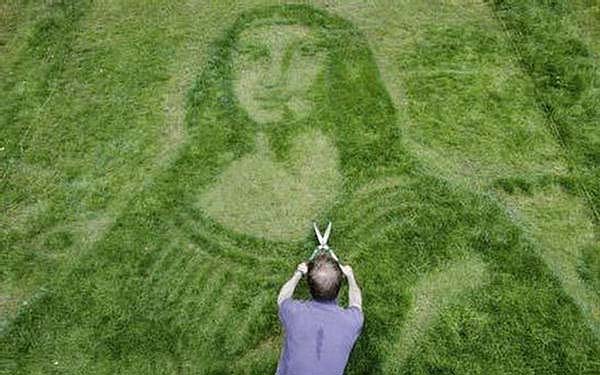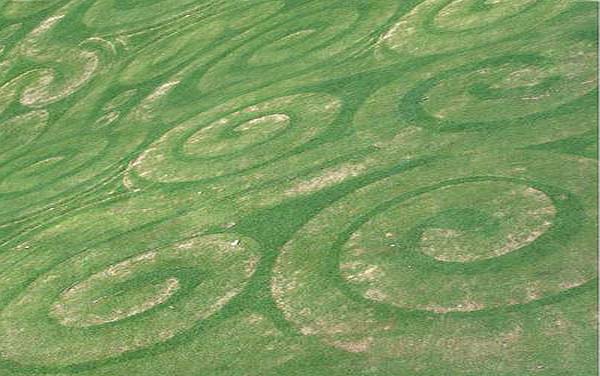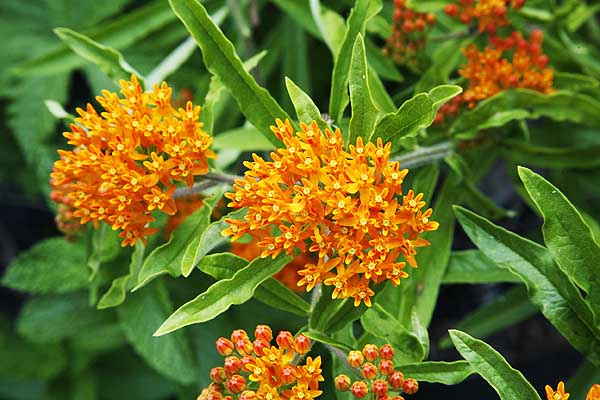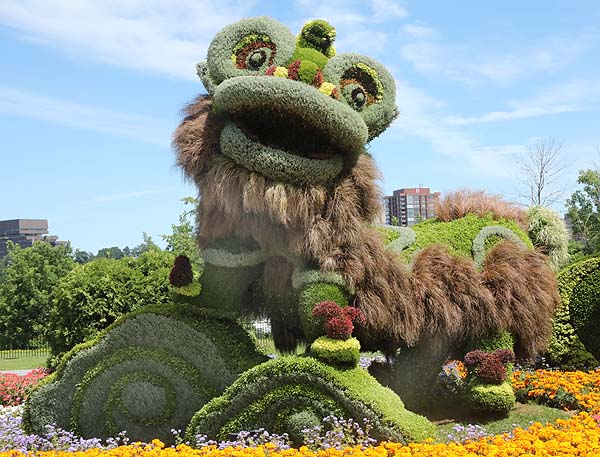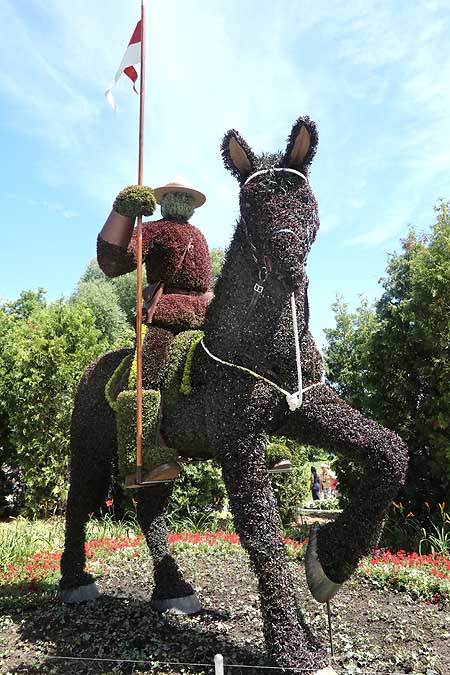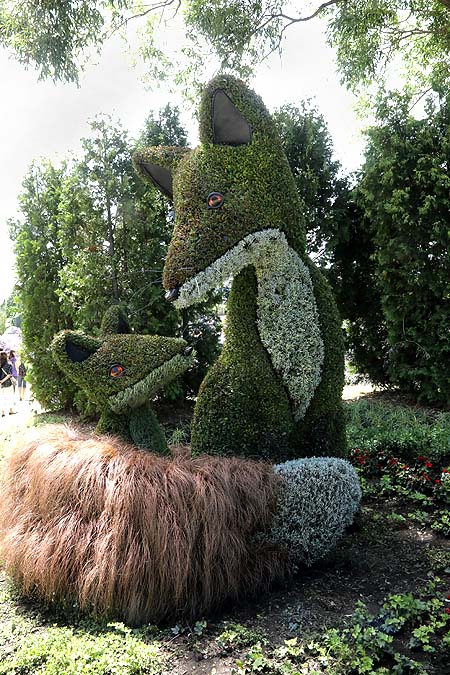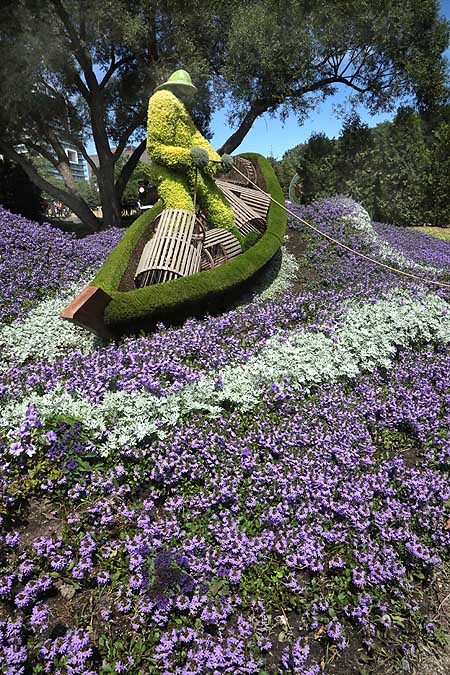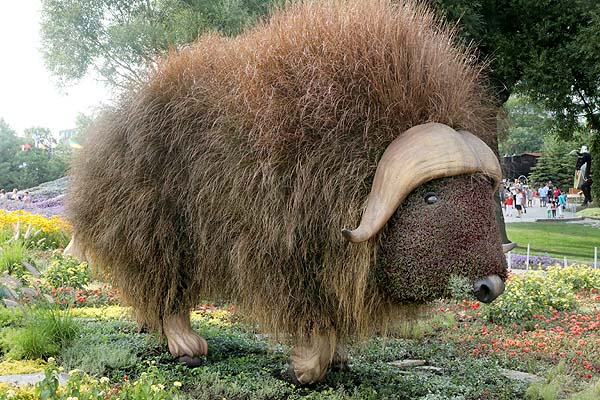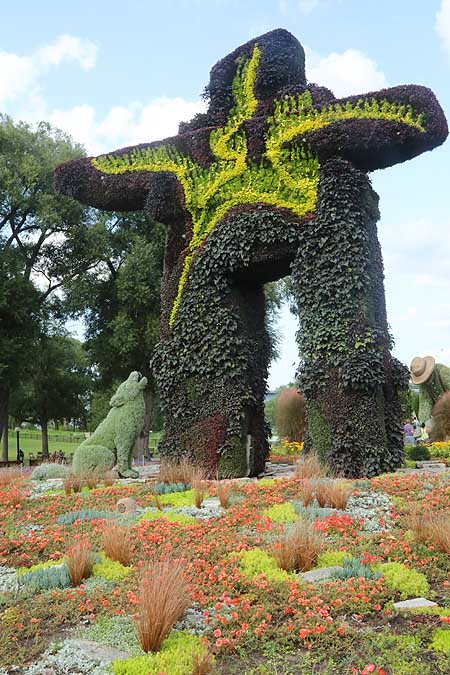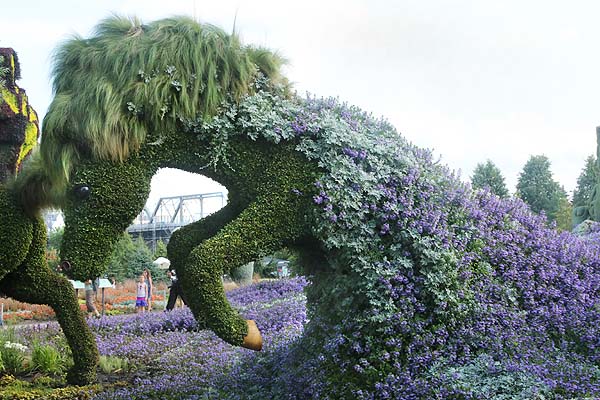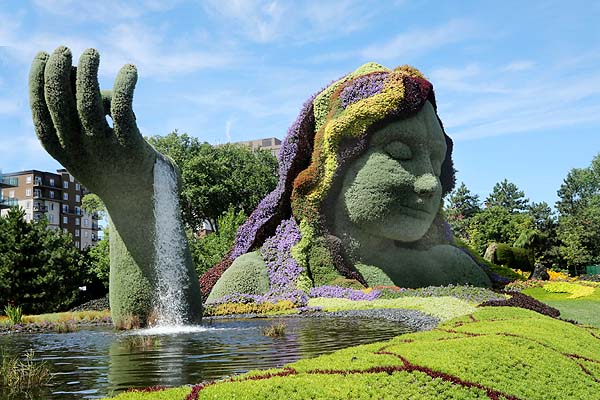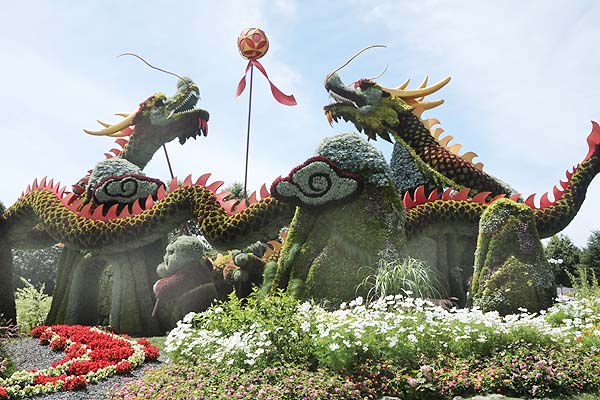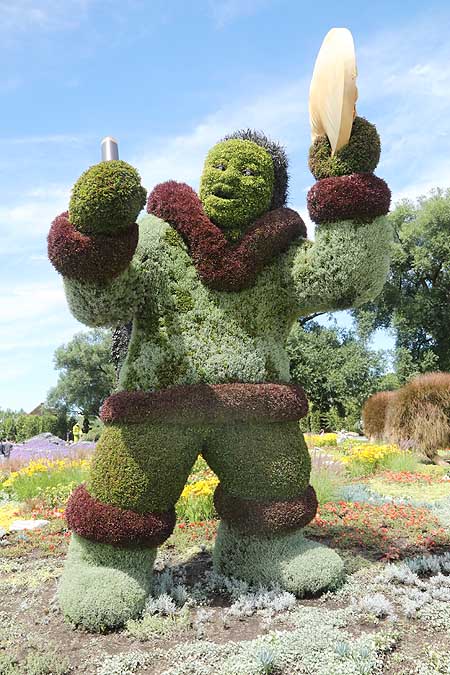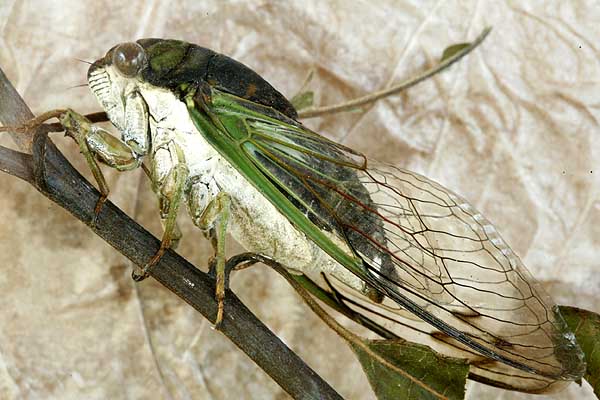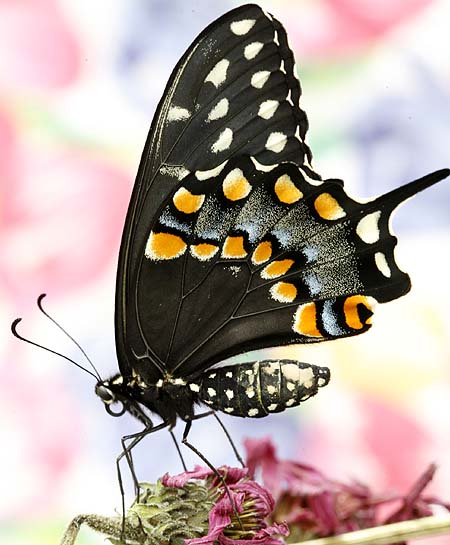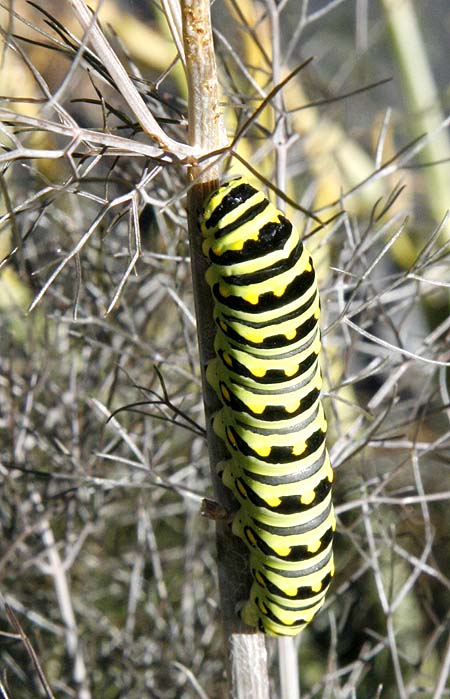When I was a child of about 5 or 6 for a short while we lived in a suburban house on the outskirts of a small town. We had a front lawn, it’s hard to remember how big it was – things always seem bigger when you are a child – but by American standards it was pretty small. Anyone who has been to England knows front yards are usually not that large.
For some reason my Dad had not cut the front lawn for a while. The grass was about 6 inches long. I went out to play on the lawn and didn’t like how long it was. (We have no ticks in England so its never a worry playing in the grass.) I went and got the sheers from the garage and cut myself a circle in the grass that I could sit in.
Once I was done I sat there a little while and thought what I had done was pretty neat. Never one to sit idle for long I decide to expand my neat idea so I cut a short pathway from the circle and set about making a square that joined to the circle by the path. While I was working the kids from next door arrived and looked over the wall at me, asked what I was doing.
I was a pretty imaginative kid so by that time I had made up some story. I have no idea now what it was now, it was a long time ago but whatever it was they liked it and asked if they could come sit in my circle. For some reason sitting in a cut circle surrounded by 6 inch grass seemed like a really great thing to do. They were delighted. By time I had finished my square more kids had arrived. They wanted to join in too. They sat in the square, the changed with the other kids to sit in the circle. Meanwhile I started on another path to a triangle. My best friend Jimmy from next door really took to the idea so he went and got his fathers shears and came to help me.
Pretty soon we had a whole bunch of kids sitting in geometric shapes connected by little pathways. Everyone thought this was a really great thing to do for the afternoon.
Looking back on it, I guess maybe I had invented a ‘crop circle’ or perhaps even an early corn maze. Pity I did not remember this earlier and capitalize on it.
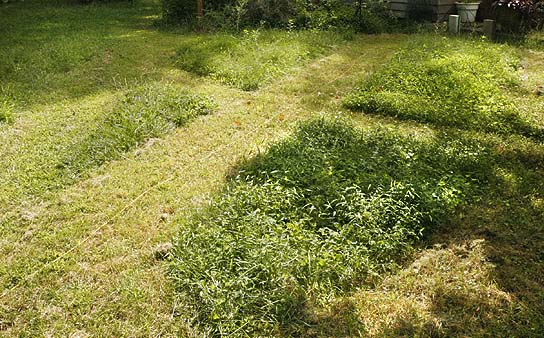
It fascinated me why everyone was so delighted to come sit in geometric shapes in the grass. Perhaps it was because it was different. Everyone likes something new to do. We did not have internet and game boys in those days and had to make our own fun.
My mother however was not amused by my beautiful geometric lawn. When she looked out the window and saw 25 or more kids sitting on the lawn she came out and yelled at us, chased off my ‘customers’ and I got punished. I never really understood why. Heck Jimmy and I had cut more than half the lawn by time she found us and we had done it all for free.
Apparently (She claimed) we had ruined any chance of have ‘stripes’ on the lawn since most of it was now cut. Personally I think she considered it accentuated that fact that they had not cut the lawn in a while and that would show them up to the neighbours. She made Dad cut the grass down that very night and obliterated my geometric patterns. I thought my punishment was unjust – and still do all this time later. What I had done was quickly eradicated and the lawn was certainly in better condition than the time the cows got out of the field down the road and ended up on our lawn. That was a real mess. Twenty or more cows on your lawn does not do it much good except for a little free fertilizer.
What made me think of this is our lawn today. Farming in August is a busy occupation and cutting the lawn gets pushed to the bottom of the list. Looking at my lawn made me remember that far off day. We have a lot more lawn now and sometimes, like now it gets too long and we only have time to mow pathways through it to get to the important areas like the hoop houses the fields and pathways for hoses and cables that we don’t want lost in the grass. Sometimes we accidently end up with geometric patterns. Its nothing like as neat as the stuff I created as a child but this is more utilitarian than art. Interestingly I have seen that animals also prefer our mown pathways. Our cat always sticks to the paths and gets annoyed if we don’t cut one to our little pond for him. The turkeys like them too often sticking to the paths to get down the fields to peck at insects.
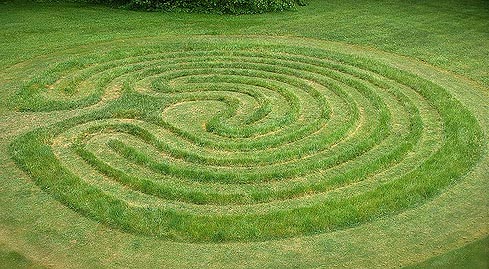
We never have stripes in our lawn, mostly I think because half of it is not grass, it’s weeds. Our lawn is ‘short green stuff’ not grass. I don’t really believe in artificial monocultures and certainly don’t have time, or the money, to fuss over a perfect lawn. Stripes are only possible if you have a strong monoculture because they are created by the bending of the grass blades and how they reflect the light. Bent towards you they are dark away from you they are light giving you light and dark stripes as the mower goes up and down the lawn. You can get pretty fancy with the stripes if you want to and some pretty nice patterns can be made.
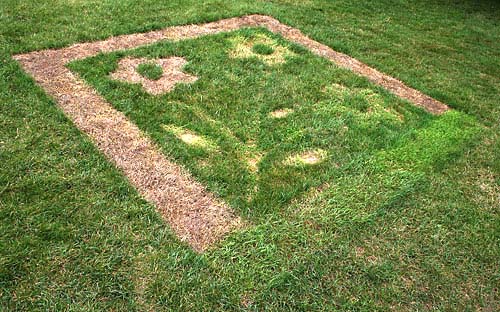
The potential of cutting shapes, patterns or even pictures into the grass is much more interesting and has a lot of potential for everyone. Using grass as your art canvas has great possibilities. First it does not have to be a perfect monoculture, having weeds and clover in your lawn wont matter. In fact if you have a pattern cut into it most likely no one will notice what the lawn consists they will just see the artwork you created. So instead of striving for a perfect monoculture of grass turn your front yard into an artwork. Cut shapes, patterns, whatever you want into the grass. Don’t let it get too long or the pattern wont show up but the lawn is a magnificent place to try out any artwork. Don’t like it, no problem mow it down and have another go next week!
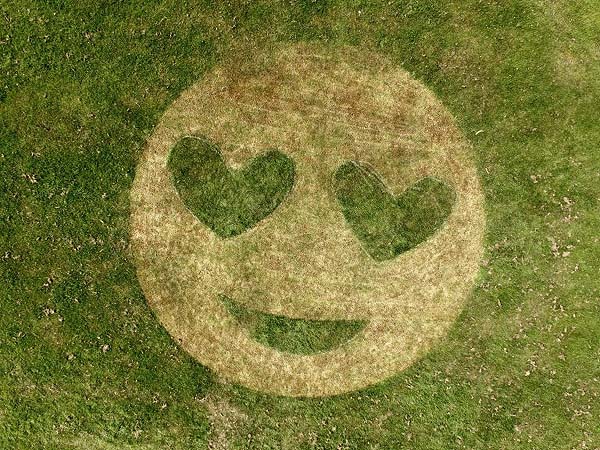
Perhaps we can create a new American past time art on your lawn. Everyone can show off their artistic side. It will give everyone something to do and will cost a lot less to maintain since there will no longer be a need for lots of nasty chemicals to create an unnatural monoculture. You can add clover to the lawn to help feed it nitrogen instead of chemicals. Everyone in the family can create designs and front yards can become more than just a chore to cut. Done right you wont have to pay you kids to cut the lawn they will be eager to create their newest artwork.
